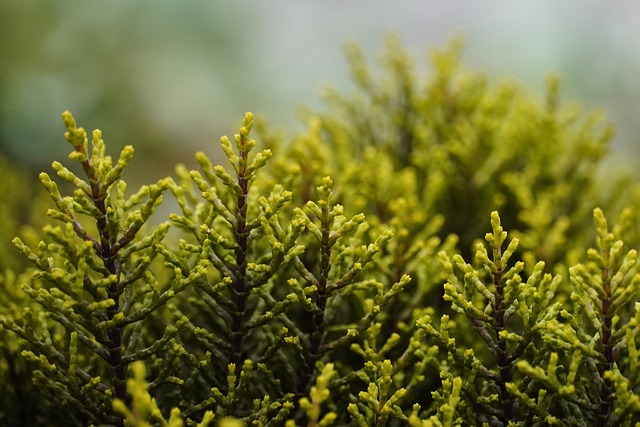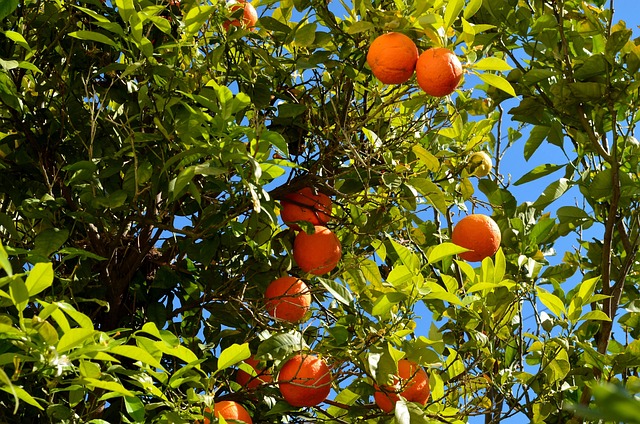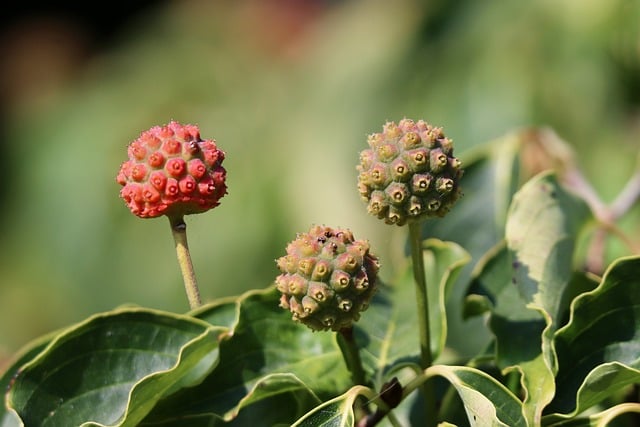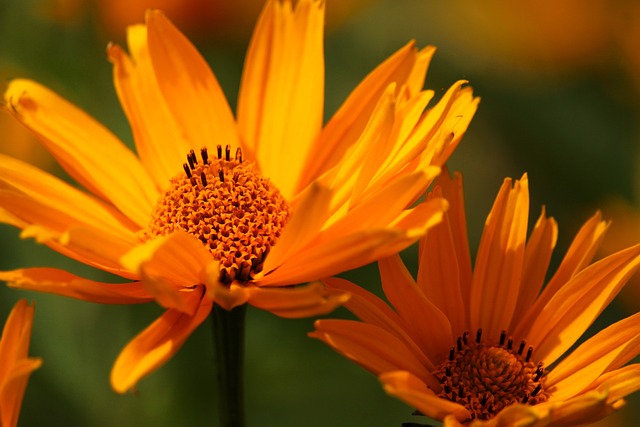Pruning is a vital practice in horticulture for maintaining the health, shape, and beauty of trees and shrubs. It involves carefully removing parts that are diseased or no longer viable to enhance light and airflow, which are crucial for plant health. Gardeners must understand the specific needs of each tree and shrub species to apply pruning effectively, ensuring their natural charm and robustness are preserved without causing harm. The timing of pruning is significant, as it should align with the growth cycles and blooming periods of different species to maximize their vitality throughout the year. Precision pruning promotes structural integrity, visual appeal, and supports the longevity of these plants. Using sharp tools and proper safety gear, gardeners should make incisions at nodes for live branches and just beyond decay for deadwood, ensuring efficient healing and encouraging new growth. After pruning, trees and shrubs require careful post-pruning care, including balanced fertilization, regular watering, and monitoring to prevent stress or disease. This attentive approach ensures a quick and healthy recovery, allowing these plants to thrive in their landscapes.
Pruning is a meticulous craft that transforms ordinary trees and shrubs into refined focal points within any landscape. This article delves into the precise art of pruning, revealing how this practice not only improves the aesthetics of your greenery but also promotes their health and longevity. We’ll guide you through identifying optimal pruning times for various trees and shrubs, demonstrate effective techniques to achieve clean, controlled cuts, and provide safety measures to ensure a successful pruning endeavor. Additionally, we’ll discuss the essential post-pruning care to maintain your plants’ vitality. Whether you’re a seasoned gardener or new to tree care, these insights will elevate your garden’s visual appeal and cultivate a thriving green space.
- Understanding the Art of Pruning: Enhancing Tree and Shrub Aesthetics
- Assessing Your Greenery: Identifying When and Why to Prune Trees and Shrubs
- Step-by-Step Guide to Precise Pruning Techniques for Trees and Shrubs
- Tools and Safety Measures for Effective and Safe Pruning Practices
- Post-Pruning Care: Maintaining Tree and Shrub Health After Precision Cutting
Understanding the Art of Pruning: Enhancing Tree and Shrub Aesthetics

Pruning is a meticulous practice that plays a pivotal role in shaping the aesthetics of trees and shrubs, allowing gardeners to direct their growth for optimal beauty and health. By selectively removing dead, diseased, or crossing branches, gardeners can enhance light penetration and air circulation, which are crucial for the vitality of plants. This careful process not only improves the plant’s structure but also promotes flowering and fruiting, making trees and shrubs more visually appealing and producing a bountiful harvest. Understanding the structure of each species is key; different trees and shrubs have unique pruning needs that must be considered to maintain their natural beauty and resilience.
The art of pruning requires patience, precision, and an intimate knowledge of horticulture. Gardeners should aim to remove only the necessary growth, ensuring that each cut is made at the right angle and point on the plant to prevent damage or the introduction of decay. Proper pruning techniques can significantly impact the aesthetic appeal of a landscape, creating a well-manicured and harmonious outdoor space. Timing is also a critical factor; knowing when to prune—whether it’s during dormancy, immediately after flowering, or at other specific times—is essential for the health and appearance of both trees and shrubs throughout their lifecycle.
Assessing Your Greenery: Identifying When and Why to Prune Trees and Shrubs

When considering the aesthetic upkeep of your trees and shrubs, assessing their health and growth patterns is paramount. Overgrown or misshapen branches can detract from the overall appearance of your greenery, while strategic pruning promotes healthy growth and maintains a desirable form. Regularly inspect your trees and shrubs for dead, diseased, or crossing branches that may need removal to prevent decay and ensure optimal light and air circulation. This not only enhances visual appeal but also supports plant health by directing energy to stronger, more vibrant parts of the plant.
Pruning at the correct time is crucial; different species respond differently to cutting back. Generally, late winter or early spring is a suitable time for many trees and shrubs, as this allows ample time for wounds to heal before the growth spurt of summer. For example, deciduous trees, which shed their leaves seasonally, should be pruned while they are dormant to minimize the risk of disease transmission through wound surfaces. Always tailor your pruning schedule to the specific needs of your tree or shrub species to encourage robust growth and prolong their lifespan.
Step-by-Step Guide to Precise Pruning Techniques for Trees and Shrubs

When managing the growth and health of trees and shrubs, precise pruning is a fundamental practice that shapes their form and encourages their vitality. To begin, assess the overall structure of your tree or shrub, identifying any dead, diseased, or crossing branches that could detract from its aesthetic appeal or impede growth. Use clean, sharp tools for each cut to ensure a precise and sterile cut that heals quickly. For deadwood removal, make your cut just beyond the colony of decay, angling it slightly toward the healthy part of the plant to prevent water accumulation. When trimming live branches, always aim to make your cuts at nodes where side branches emerge, promoting new growth and a more robust structure. This practice not only enhances the visual appeal of your greenery but also contributes to its long-term health.
Pruning evergreens such as conifers or shrubs with dense foliage requires careful consideration to maintain an open center and ensure proper light penetration throughout the plant. To achieve this, selectively remove a few of the oldest stems at the base, allowing younger, more vigorous growth to take their place. This process not only rejuvenates the shrub but also maintains its aesthetic form and function. For fruit-bearing trees, consider the tree’s species and the type of fruits it bears when pruning; different fruits have varying requirements for optimal fruiting. Regular maintenance through precise pruning techniques not only improves the appearance of your trees and shrubs but also contributes to their overall health and productivity. Remember to make your cuts just above an outward-facing bud or a lateral branch, ensuring that each cut promotes healthy, even growth.
Tools and Safety Measures for Effective and Safe Pruning Practices

When engaging in precise and careful pruning for aesthetics on trees and shrubs, it is imperative to utilize the appropriate tools and adhere to safety measures to ensure both effectiveness and personal well-being. Hand pruners and loppers are essential for cutting smaller branches, while pole pruners and chainsaws are necessary for reaching higher limbs or larger trunks. Each tool requires proper maintenance to keep cuts clean and precise, thus preventing the spread of disease between plants. Safety gear such as gloves, safety glasses, and steel-toed boots are crucial to protect against sharp tools, flying debris, and uneven terrain. Additionally, depending on the task at hand, a hard hat or hearing protection may be necessary. Always ascertain that the chosen pruning instruments are in good condition before use to minimize the risk of injury or damage to the tree or shrub. Proper technique involves making cuts just outside the branch collar for branches that connect to the main tree structure and above an outward-facing bud for smaller branches, ensuring the health and vitality of the plant post-pruning. Maintaining a clean and sharp tool edge is not only safer but also facilitates cleaner cuts that heal faster and help maintain the tree’s structural integrity. Always remember to stay hydrated and take regular breaks during extended pruning sessions to avoid fatigue, which can lead to accidents or improper cutting techniques.
Post-Pruning Care: Maintaining Tree and Shrub Health After Precision Cutting

After achieving the desired aesthetic with precise and careful pruning, maintaining the health of both trees and shrubs is paramount. The immediate post-pruning care is crucial to minimize stress and promote recovery. Properly disposing of trimmed branches prevents disease spread and keeps the garden clean. Tree and shrub health can be supported by applying a balanced fertilizer, ensuring that the nutrients required for new growth are readily available. Regular watering, particularly during dry spells, is essential to help establish the plants’ hydration levels post-pruning, allowing them to heal effectively and resume normal growth patterns.
Monitoring trees and shrubs after pruning is essential to detect any signs of stress or disease early on. The removal of pruning wounds should be gradual to avoid shock; this can be facilitated by a diligent thinning out of the dense foliage that often accompanies rapid regrowth, allowing air circulation and sunlight penetration. It’s important to remove any dead or diseased wood promptly, as it can harbor harmful organisms that might infect the rest of the plant if left unattended. With careful attention to these post-pruning care practices, trees and shrubs can not only recover but also thrive in their landscaped settings.
Effective pruning is a fine art that not only promotes the health and longevity of trees and shrubs but also significantly enhances their visual appeal. By carefully considering the species-specific needs and growth patterns of each plant, homeowners and gardeners can skillfully shape these greenery assets to maintain or improve their aesthetic value. This article has outlined the critical steps for precise pruning techniques, from assessing your greenery to understanding safety measures and post-pruning care. Embracing these practices ensures that trees and shrubs remain robust and visually pleasing, adding beauty and value to any landscape. Remember, with the right approach, patience, and attention to detail, anyone can master the art of pruning to achieve stunning results.
